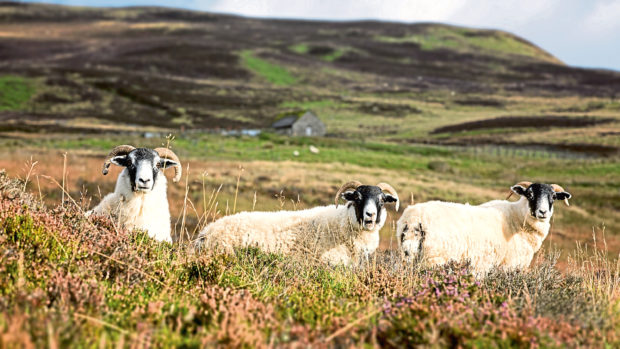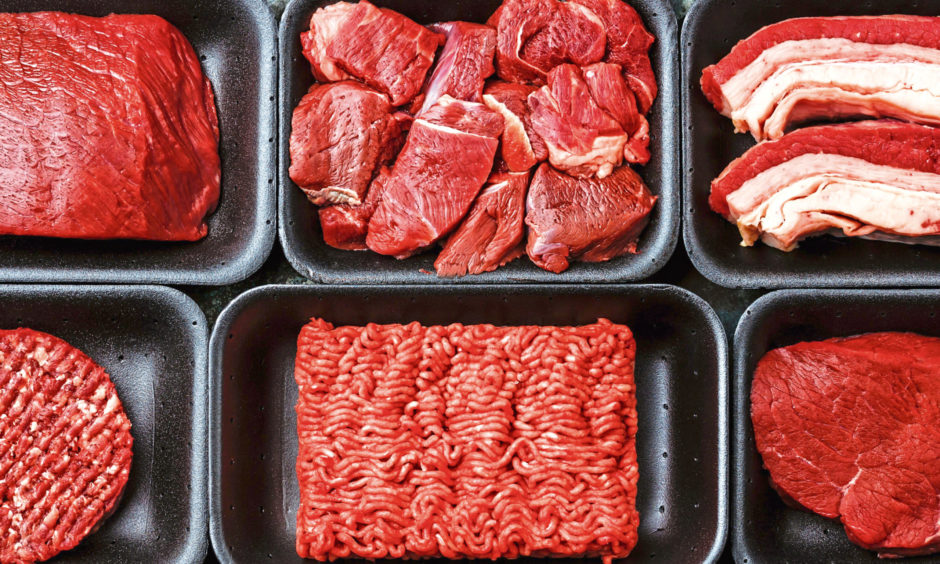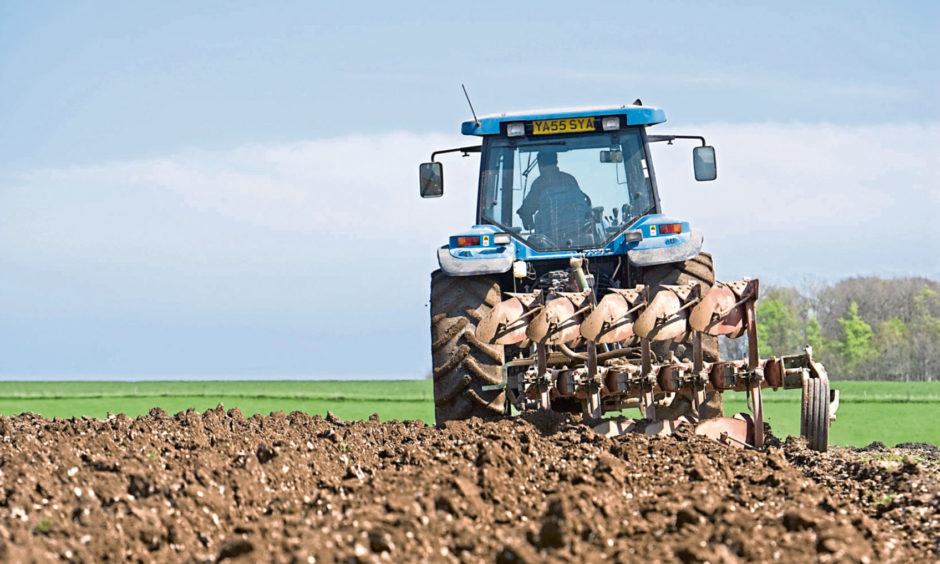Well, that was COP26, held in Glasgow, ending last week, at which much deliberation was given to the predicament we find ourselves in regarding the damage we have done, and are doing, to the biosphere that supports us.
There were apparently some agreements reached on actions that may help, but I was left with the feeling that it amounts to not nearly enough.
Around the edges there were lots of things going on that were perhaps of more interest – livestock being something that caught my eye.
The finger seems to be pointed at livestock as a major contributor of greenhouse gas in the form of methane. There are suggestions that we should no longer keep ruminants as they belch and fart too much, and we don’t need to eat meat anyway.
I am not completely dismissing this, and would modify it to eat less meat, but make it ecologically-sound meat. Eat meat that has lived grazing extensively on grass.
In my capacity as ecological layman, I don’t know enough about this, admittedly, and I think that it is probably more complicated than it seems. But, here are some of my thoughts:
Methane does damage the atmosphere, but my understanding is that it degrades relatively quickly whereas carbon dioxide doesn’t.
It is therefore a bit of a strangeness to measure methane emissions in carbon dioxide equivalents. Splitting hairs perhaps, but surely this misrepresents methane and its effects?
Methane does harm the atmosphere and reducing it would help. But are livestock solely responsible?
Apparently the oil and gas industry loses significant amounts of methane to the atmosphere through leakage. Leaks cost money in wastage, but cost more to find and fix; so companies tend to look on it as collateral damage. This isn’t good enough. Why are they not told to clean up their act?
Then there is methane emitted by other ruminants that are not livestock – deer being the main one. And what are deer good for?
Most deer in Scotland are kept as a plaything for the rich, benefitting no one but the few landowners who charge exorbitant prices for the privilege of shooting stags.
I believe huge estates with deer (or grouse moors) do nothing for the environment or for people – in fact they damage the ecosystem as grouse moors and deer ‘prairies’ are in effect mono-cropping.
These estates are managed to exclude people and other wildlife that may not contribute to sporting wildlife numbers.
Deer could contribute significantly to food. They do very well on Scottish hills and they are not governed by the same food standards rules as livestock to enter to food chain.
Incidentally, why can’t native livestock that are grazed year-round outside have the same privileges? Apparently different breeds have different methane producing abilities, so we can modify emissions through using the right animals.
Grazing has beneficial outcomes too.
Grazed grassland not only keeps in soil carbon – and protects a huge ecosystem below-ground level – but it also sequesters carbon from the atmosphere.
Grazing is also selective, encouraging a range of species to flourish, increasing biodiversity. And grazing livestock has a huge social benefit, especially on common grazings.
Replacing some meat with vegetables is a good idea; but replacing meat with grain by increasing arable production does not come risk-free.
Ploughing the ground lets out carbon and though zero-tillage has been used for decades, it still is not a common practice.
Intensive agriculture uses fertilisers, pesticides and heavy machinery, all of which are not good for the biosphere.
It is complicated, much more than I have touched on, but extensive grazing of native livestock has a very strong case.
- Patrick Krause is the chief executive of the Scottish Crofting Federation.



